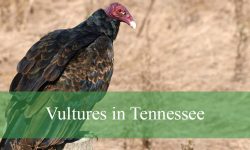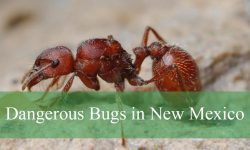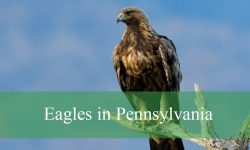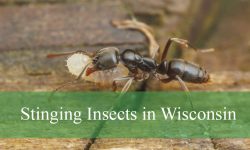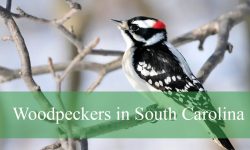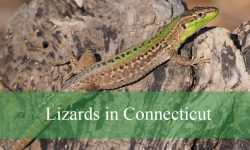In New Hampshire, the forest canopy and suburban woodlands are alive with the drumming and calls of woodpeckers. These striking birds capture the attention of birders and nature enthusiasts alike, offering glimpses of bold colors, unique behaviors, and fascinating feeding techniques.
Woodpeckers play an essential role in the ecosystem by controlling insect populations and creating nesting cavities used by other species. From the tiny Downy Woodpecker to the impressive Pileated Woodpecker, each species brings its own charm and ecological contribution.
This guide explores nine woodpecker species commonly found in New Hampshire, providing details on their appearance, habits, habitats, and the best locations and times to observe them. Whether you are a seasoned birder or a casual observer, understanding these woodpeckers enhances the experience of exploring New Hampshire’s forests.
Types of Woodpeckers Found in New Hampshire
Downy Woodpecker (Picoides pubescens)
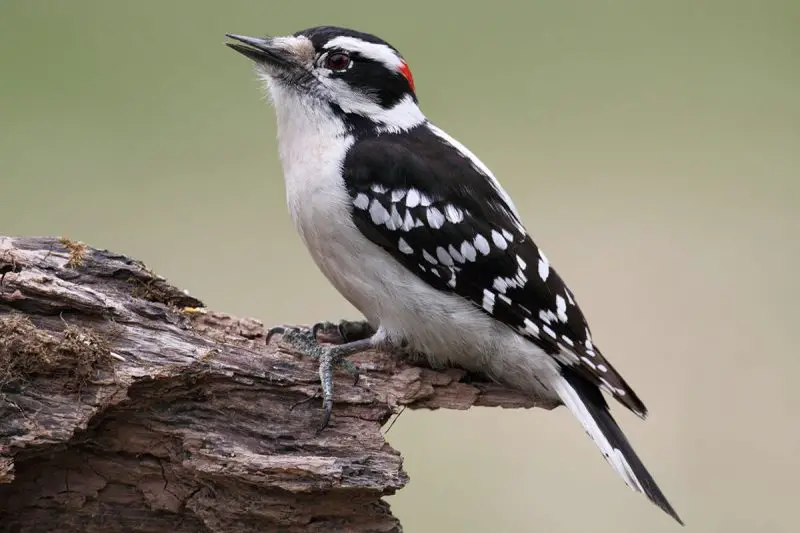
The Downy Woodpecker is New Hampshire’s smallest woodpecker, measuring about 6–7 inches in length. Its plumage is predominantly black and white, with a white back, black wings with white spots, and a small red patch on the back of the male’s head. Its short, stubby bill helps distinguish it from the similar-looking Hairy Woodpecker.
These birds are highly adaptable and can be found in a variety of habitats, including deciduous forests, parks, and suburban areas. They are often seen clinging to tree trunks or branches, pecking for insects hidden under the bark.
Downy Woodpeckers primarily feed on insects, especially beetle larvae and ants, but they also eat seeds, berries, and suet from bird feeders during the winter months. Their foraging behavior often includes hopping along branches and using their stiff tail feathers for support.
In New Hampshire, Downy Woodpeckers are year-round residents. The best time to observe them is during early spring when males drum on hollow trees and metal objects to establish territory. They are relatively common across the state, from wooded backyards to extensive forests.
Hairy Woodpecker (Picoides villosus)
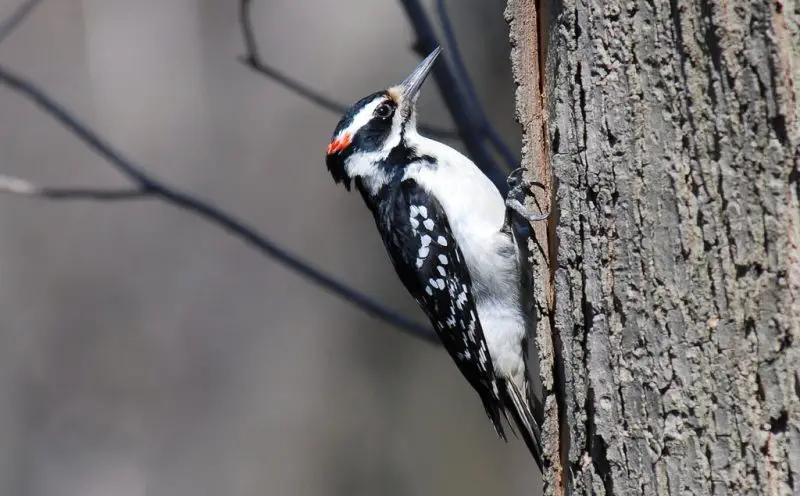
The Hairy Woodpecker resembles the Downy Woodpecker but is larger, measuring 9–10 inches in length. It has a long, straight bill that is nearly the same length as its head, black-and-white striped wings, and males have a small red patch on the back of the head. Its overall appearance is bolder due to its size.
Hairy Woodpeckers inhabit mature deciduous and mixed forests, often near open areas. They prefer larger trees for nesting and foraging, where they search for wood-boring insects under bark. Unlike the Downy, they are less common in suburban backyards.
These woodpeckers feed primarily on insects, using their strong bills to drill deep into wood. In winter, they may switch to seeds and suet. Their drumming on tree trunks is louder and more resonant than that of the smaller Downy Woodpecker.
In New Hampshire, Hairy Woodpeckers are permanent residents. Spring and early summer are ideal for observing their territorial displays, while in winter, bird feeders with suet attract them to more accessible locations.
Red-bellied Woodpecker (Melanerpes carolinus)
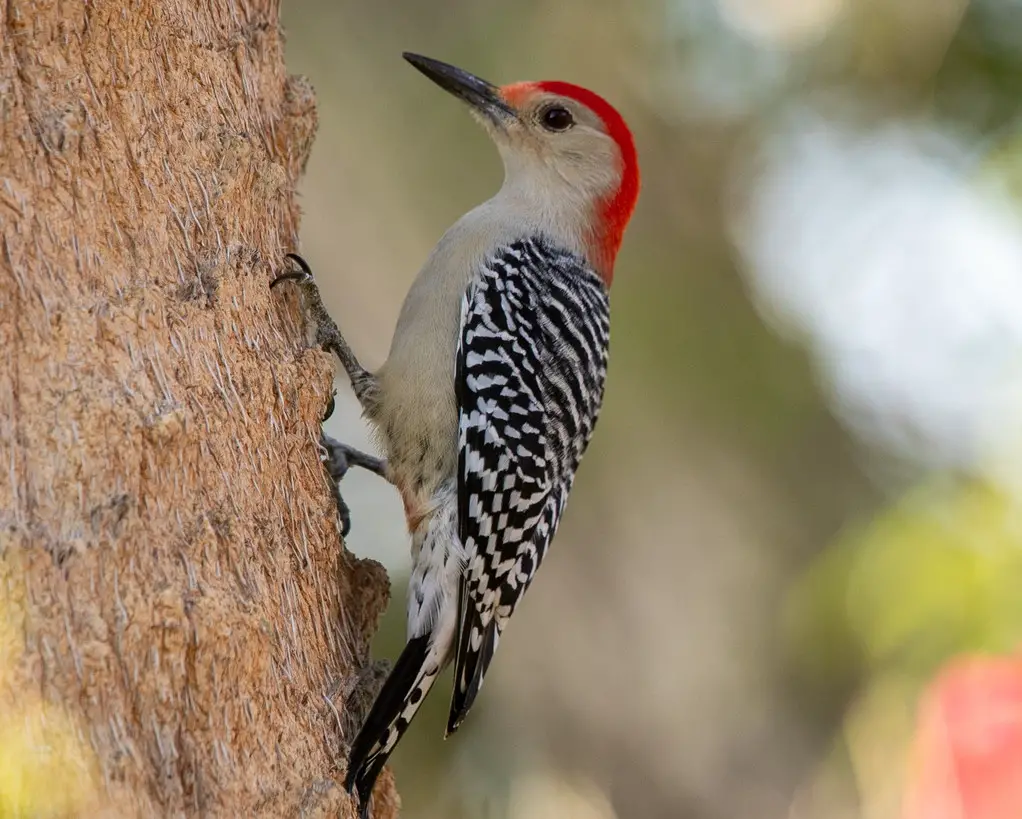
The Red-bellied Woodpecker is a medium-sized woodpecker, about 9–10 inches long, with a striking black-and-white barred back and a pale, slightly reddish belly. Males have a bright red cap extending from the bill to the nape, while females have red only on the back of the head.
These woodpeckers thrive in deciduous forests, mixed woodlands, and even suburban areas with large trees. They are known for their loud, rolling calls and drumming that can be heard over long distances. Their adaptability makes them a common sight in New Hampshire’s towns and parks.
Red-bellied Woodpeckers have an omnivorous diet, feeding on insects, fruits, nuts, and occasionally small vertebrates. They are also frequent visitors to backyard feeders, particularly for peanuts and suet. They cache food in tree crevices to eat later.
In New Hampshire, they are year-round residents, most active during the breeding season in late spring. Observers can spot them pecking on tree trunks or scanning open areas from exposed branches.
Pileated Woodpecker (Dryocopus pileatus)
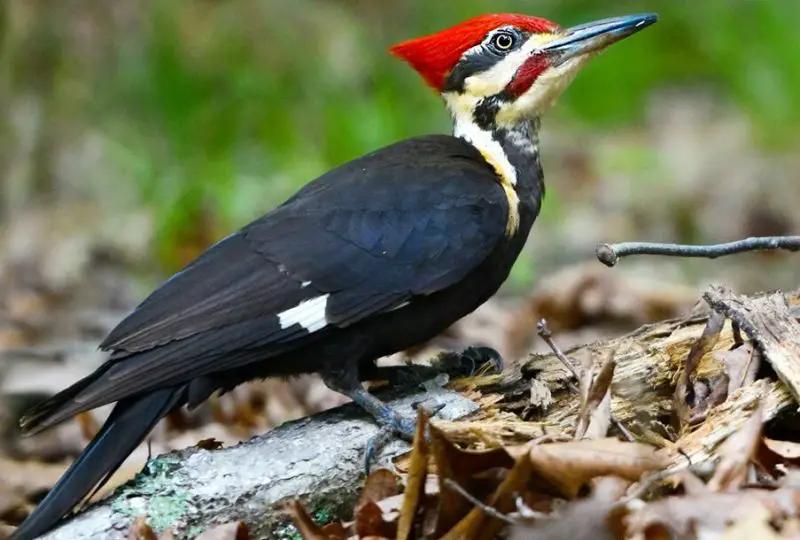
The Pileated Woodpecker is the largest woodpecker in New Hampshire, measuring 16–19 inches in length with a wingspan up to 30 inches. It has a striking black body with white underwing linings, a prominent red crest, and a long, chisel-like bill for excavating deep into dead trees.
These birds favor mature forests, especially those with large standing dead trees, but they also visit wooded suburban areas. Their presence is often revealed by large rectangular holes in trees, excavated while searching for carpenter ants.
Pileated Woodpeckers feed mostly on ants and other insects, but they also eat fruits and nuts. They excavate sizable cavities for nesting, which are later used by other species such as owls, ducks, and small mammals.
In New Hampshire, they are year-round residents but are more noticeable during early spring drumming displays. The best locations to spot them are forested areas in the White Mountains and along river corridors with large dead trees.
Northern Flicker (Colaptes auratus)
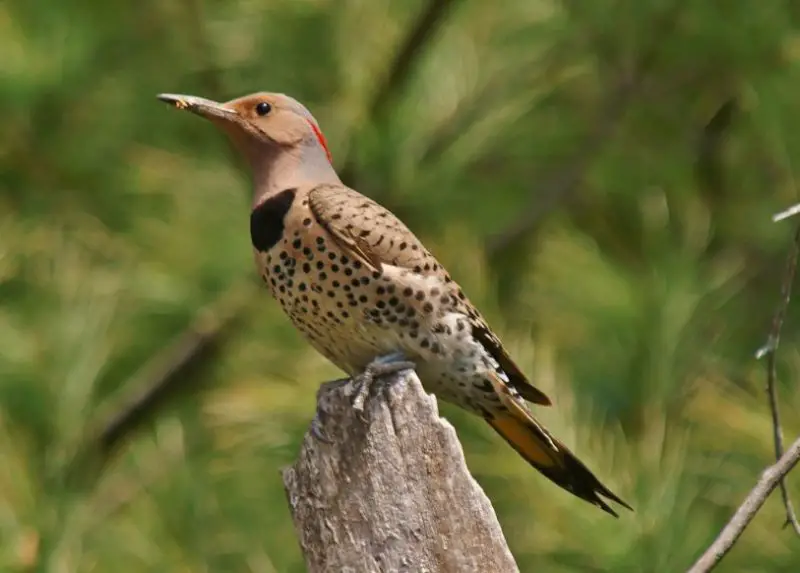
The Northern Flicker is a large woodpecker, about 11–12 inches long, with a brownish body adorned with black spots, a barred back, and a white rump visible in flight. Males have a red or black “mustache” mark depending on the subspecies. Unlike most woodpeckers, they often forage on the ground.
Flickers inhabit open woodlands, forest edges, and suburban yards with scattered trees. They are commonly seen digging for ants and beetles in lawns, meadows, and sandy soil, making their behavior unique among woodpeckers.
Their diet mainly consists of ants and beetles, supplemented with fruits and seeds. Flickers may also drill into trees to create nesting cavities, which are often reused for many years.
In New Hampshire, Northern Flickers are permanent residents. The best time to observe them is in spring and summer, during their drumming displays and territorial calls. Open areas near forests or fields provide the best viewing opportunities.
Yellow-bellied Sapsucker (Sphyrapicus varius)
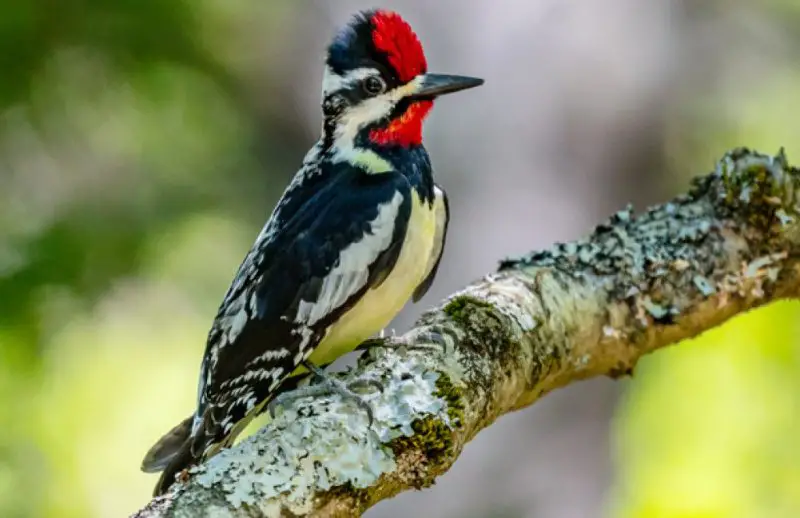
The Yellow-bellied Sapsucker is a medium-sized woodpecker, about 7–8 inches long, with a striking black-and-white pattern on its face and back, and a yellowish wash on the belly. Males have a red throat, while females have a pinkish or lighter red throat. Its specialized bill allows it to drill orderly rows of shallow holes in tree bark.
These woodpeckers breed in northern forests but migrate south in the winter. In New Hampshire, they are most commonly seen during migration in spring and fall, although a few may winter in the southern part of the state. Their presence is often indicated by the distinctive “sap wells” they drill in trees.
Yellow-bellied Sapsuckers feed on sap, insects trapped in the sap, and fruit. They return regularly to their sap wells and defend them aggressively from other birds. Their feeding activity can sometimes damage ornamental and fruit trees.
The best time to observe them in New Hampshire is during the spring migration when they are actively feeding and establishing temporary territories. Look for them in mixed forests, especially near birch, maple, and fruit-bearing trees.
Black-backed Woodpecker (Picoides arcticus)
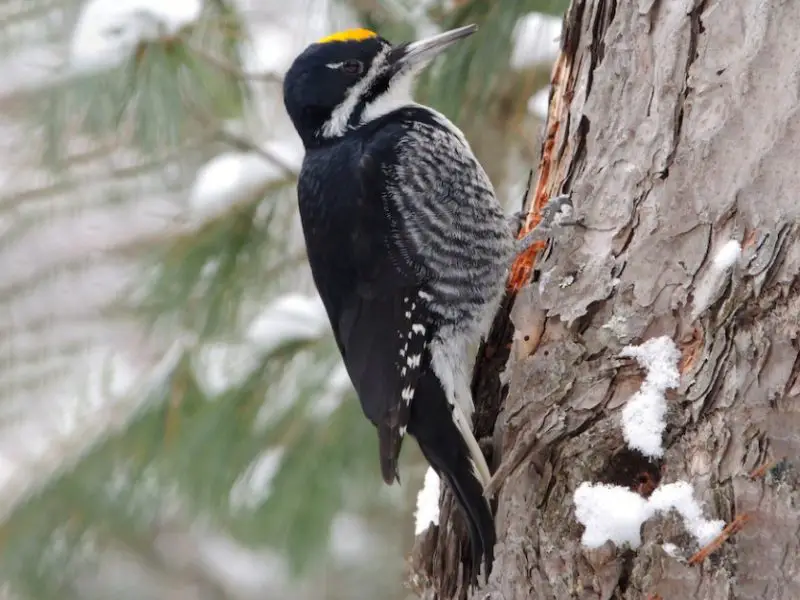
The Black-backed Woodpecker is a medium-sized, specialized woodpecker, about 9 inches long, with a solid black back, white underparts, and a yellow crown patch in males. It has a long, chisel-like bill used to excavate bark for insects. Its subtle, ghostly appearance makes it less noticeable than other woodpeckers.
These woodpeckers are closely associated with recently burned or dead forests, where bark beetles are abundant. In New Hampshire, they are rare but can be found in remote northern forests, particularly in areas recovering from wildfires or beetle infestations.
Their diet consists almost exclusively of wood-boring insects. They forage by prying off bark and probing deep into dead trees. Black-backed Woodpeckers are highly territorial and tend to remain in the same burned forest patch for several years.
The best time to see them in New Hampshire is during late spring and summer when they are actively feeding and breeding. Birders need to explore remote coniferous forests for the best chance of spotting this elusive species.
Red-headed Woodpecker (Melanerpes erythrocephalus)
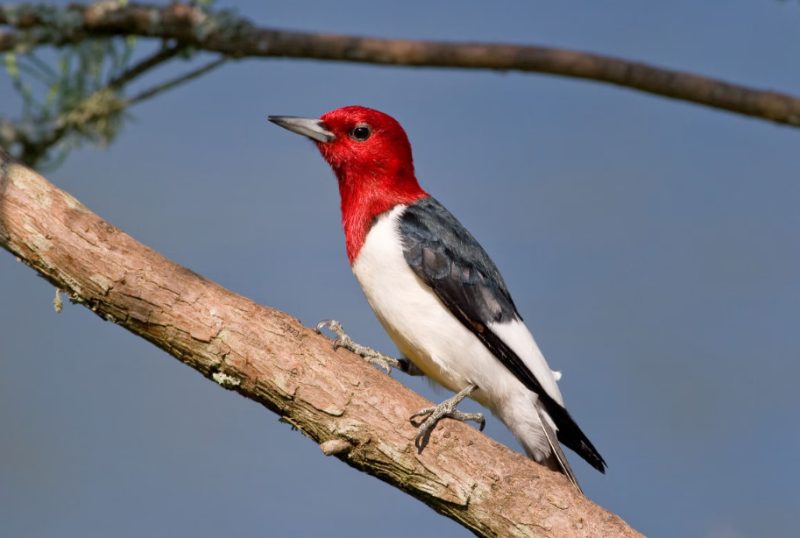
The Red-headed Woodpecker is a striking medium-sized woodpecker, about 8–9 inches long, with an entirely red head and neck, a white body, and contrasting black wings. Its bold coloration makes it one of the most easily recognized woodpeckers in New Hampshire.
They prefer open woodlands, forest edges, orchards, and scattered trees in fields. In New Hampshire, they are uncommon but can be found in suitable habitats along river valleys and rural landscapes with large, dead trees for nesting.
Red-headed Woodpeckers are omnivorous, feeding on insects, fruits, nuts, and occasionally small birds or eggs. They are known to cache food in tree crevices, which is relatively rare behavior among woodpeckers.
Spring and summer are the best times to observe them in New Hampshire, especially during nesting season when they defend territories aggressively. Large trees near open fields are ideal locations for spotting these colorful birds.
Downy x Hairy Hybrid (rare interbreeding)
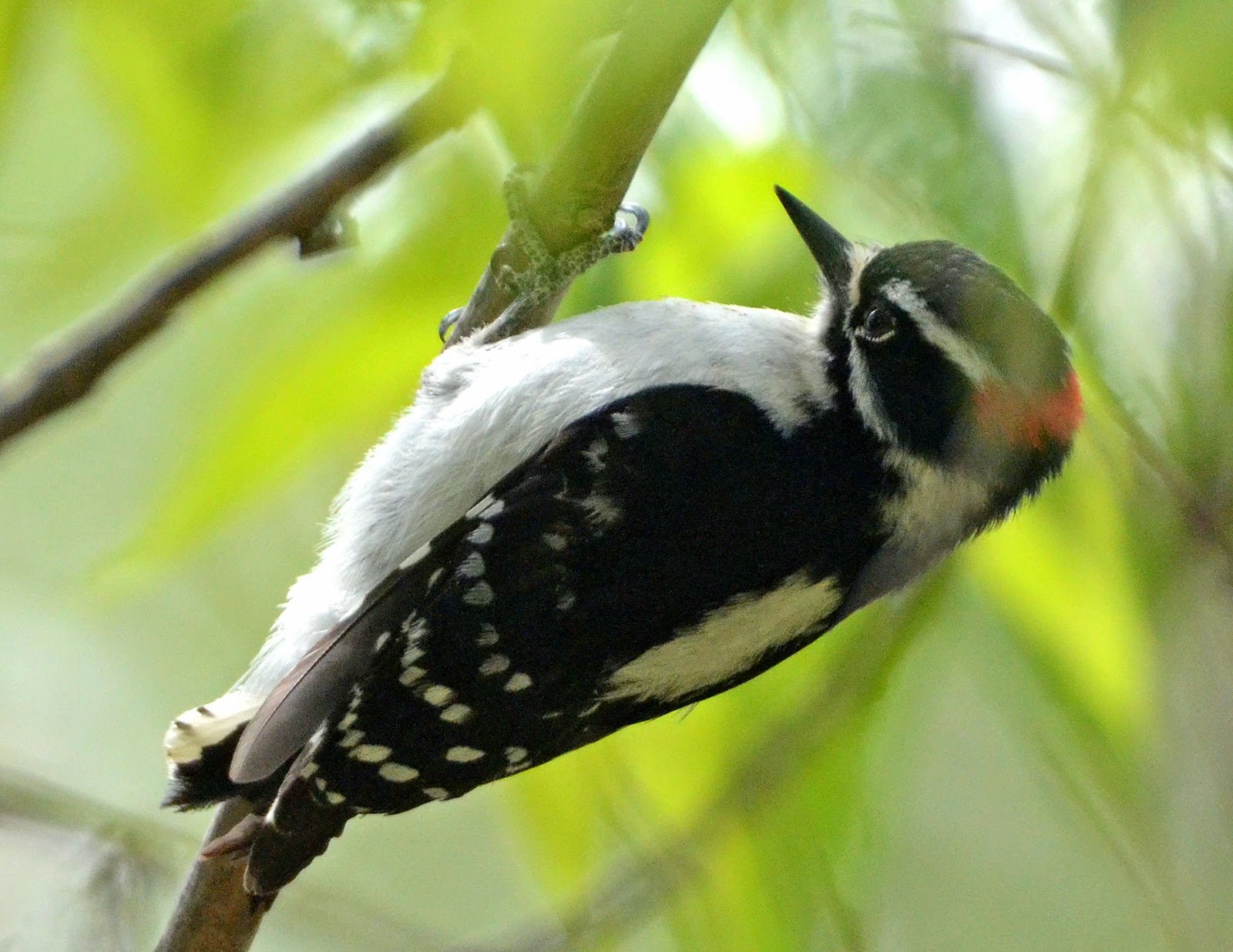
Occasionally, Downy and Hairy Woodpeckers interbreed, producing hybrids that exhibit mixed characteristics of both species. These hybrids are medium-sized, with variable bill lengths and plumage patterns, sometimes making identification challenging for birders.
These hybrids usually appear in areas where the ranges of Downy and Hairy Woodpeckers overlap, including many parts of New Hampshire. Their occurrence is rare and sporadic, making them a unique observation for woodpecker enthusiasts.
Diet and behavior are generally similar to their parent species, feeding on insects, seeds, and suet from feeders. They forage on tree trunks and branches, often showing a mix of the agile movements of Downy and the strong excavation behavior of Hairy Woodpeckers.
The best chance to spot these hybrids is in forested areas where both parent species are present. Spring and early summer are optimal, as hybrids may exhibit drumming or calling behaviors that blend characteristics of both species.
FAQs About Woodpeckers in New Hampshire
What are the most common woodpeckers in New Hampshire?
The most common woodpeckers include the Downy Woodpecker, Hairy Woodpecker, Red-bellied Woodpecker, Pileated Woodpecker, and Northern Flicker. These species are widely distributed across forests, parks, and suburban areas.
When is the best time to see woodpeckers in New Hampshire?
Woodpeckers are active year-round, but spring and early summer are ideal for observing breeding behavior and drumming. Migration periods in spring and fall are also excellent for spotting transient species like the Yellow-bellied Sapsucker.
Where can I find woodpeckers in New Hampshire?
Look for woodpeckers in deciduous and mixed forests, forest edges, parks, orchards, and suburban backyards with large trees. Pileated Woodpeckers prefer mature forests with dead trees, while Northern Flickers often forage in open areas.
What do woodpeckers eat?
Woodpecker diets vary by species but generally include insects, beetle larvae, ants, fruits, nuts, and tree sap. Some species, like Red-headed and Red-bellied Woodpeckers, also store food in tree cavities for later use.
How can I attract woodpeckers to my backyard?
Providing suet feeders, peanuts, and native fruiting trees can attract woodpeckers. Ensure there are mature trees for nesting or drumming, and avoid using pesticides that reduce their insect food sources.
Are woodpeckers beneficial for the ecosystem?
Yes. Woodpeckers help control insect populations, create cavities for nesting that other birds and mammals use, and contribute to forest health by removing diseased or dead wood.

